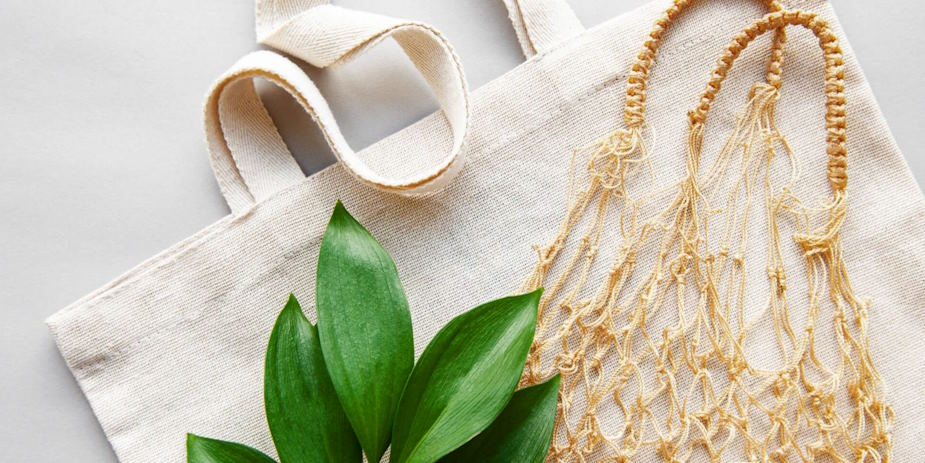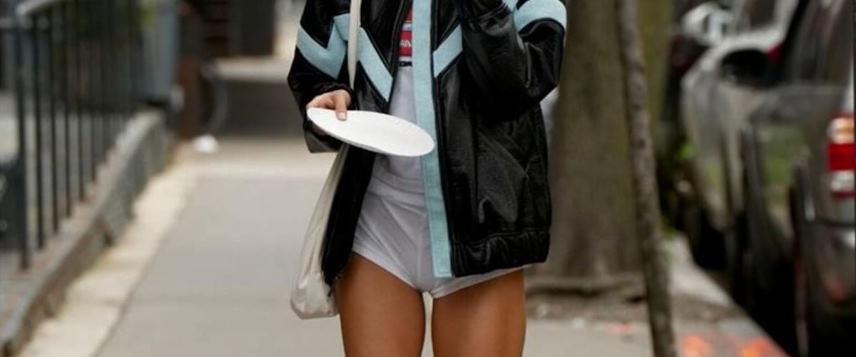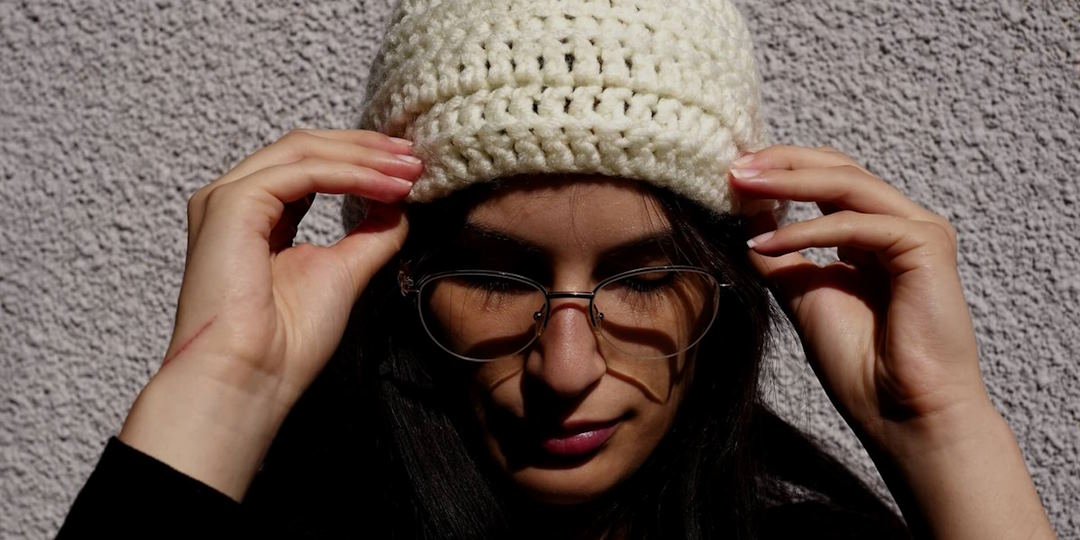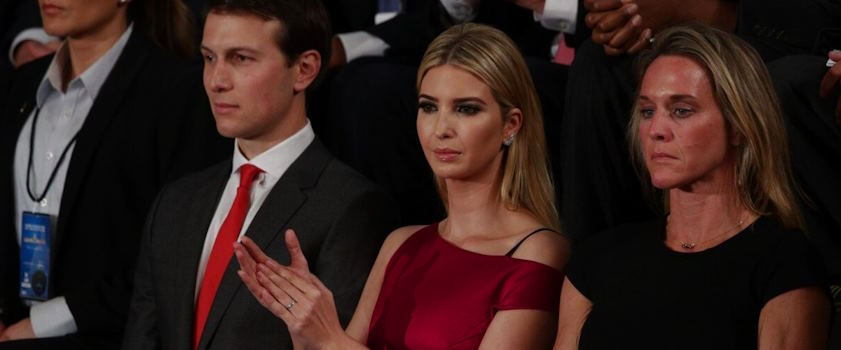
The State of the Union address is a pinnacle of American political tradition, where policy, rhetoric, and governance converge. Yet, amidst the weighty discussions and political discourse, the attire donned by attendees often carries its unspoken language—a visual narrative woven with symbolism and messaging that transcends mere fashion.
The Attire of Influence
At the State of the Union, the attire worn by lawmakers, dignitaries, and guests can wield significant influence. Each sartorial choice is laden with intention, representing more than personal style—it’s a visual tool for communication, expressing identity, values, and political statements.
Symbolism in Wardrobe Choices
From the colors and patterns to the accessories, every garment speaks volumes. Colors may represent political affiliations or messages—blue for Democrats, red for Republicans—while subtle details like pins or ribbons might advocate for specific causes or highlight solidarity with movements.
Diversity in Style and Representation
The attire showcased at the State of the Union reflects the diversity of America itself. Cultural attire, ethnic garments, or traditional dress celebrate heritage, emphasizing the importance of representation on a national platform.
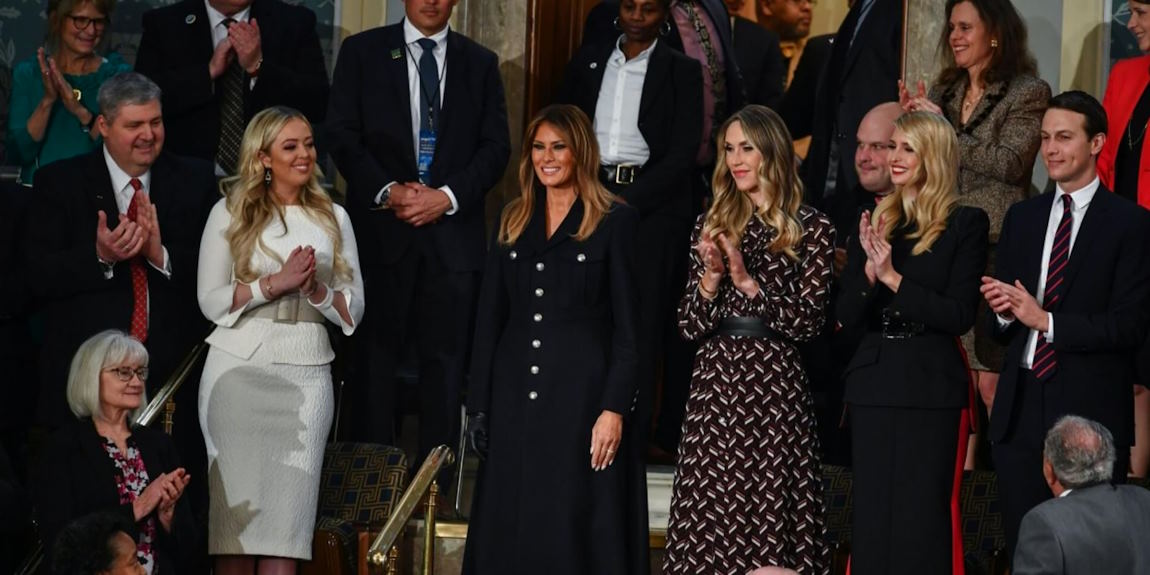
Fashion as a Form of Protest
In recent years, fashion at the State of the Union has become a platform for silent protest. Subversive accessories, attire carrying messages, or intentional absences of traditional elements serve as a form of dissent or a call for attention to pressing issues.
Evolution of Dress
Over time, the attire at the State of the Union has evolved, shifting from strictly formal wear to more individualistic styles. Politicians and guests have taken liberties with their attire, expressing their unique personalities while respecting the event’s decorum.
The Intersection of Politics and Fashion
Steeped in politics, the State of the Union also becomes a runway for showcasing diverse perspectives, ideologies, and messages. Fashion becomes a means of non-verbal communication, influencing perceptions and leaving a lasting impression in the political sphere.
In the political theater of the State of the Union, fashion emerges as a silent but powerful player. Attire transcends mere aesthetics, becoming a tool for expression, representation, and dissent. Each garment worn carries a narrative, making a statement that resonates far beyond the walls of the Capitol, shaping perceptions and reinforcing the intricate relationship between politics and style.

